
Fewer than 650 coastal bottlenose dolphins inhabit the U.S. West Coast, serving as vital indicators of ocean and ecosystem health.
Download the app, follow the steps below, and start submitting photos to help scientists better understand the health of our oceans.
become a dolphin spotter today
Dolphin Spotter only accepts photos from land based locations. Scientists use these photos and your sighting information to compile important data on the behavior and overall health of dolphins and whales in their environment.
Questions? Send us a message at communityscience@pacificmmc.org
Turn your dolphin and whale sightings into real scientific data for quick conservation today.
This land-based community science project allows YOU to help scientists track individual dolphins over time, provide insight into their daily behavior, and make an impact on local environmental conservation!
A COMMUNITY SCIENCE APP FOR Cetacean CONSERVATION
GETTING STARTED
Take a short quiz to receive your login code and download the app. Follow the steps below to enter a sighting.
STEP 1.
Add your land-based location.
STEP 2.
Enter your observations.
STEP 3.
Submit your photos.
PHOTO SUBMISSION examples

(Shot on iPhone) Photo by Inno | Huntington Beach

(Shot on High Quality Camera) Photo by India Hynes | Crescent Bay, Laguna Beach | *Note the dorsal fin notches and baby dolphin.

(Shot on iPhone) Photo by Ted | San Clemente

(Shot on High Quality Camera) Photo by Kirsten Donald | Old Man’s Beach, San Onofre

important reminders
Together, we can protect our oceans and ensure these animals thrive for generations to come. It all starts with YOU – your photos, your observations, and your commitment to giving marine mammals the space and respect they deserve.
Dolphin Spotter only accepts photos taken from land-based locations, which ensures your safety and the safety of the animals.
Some successful places to spot include piers, docks, beaches, harbors, and overlooks!
If your location changes, you observe dolphins or whales on a different day, or more than 1 hour passes between sightings, be sure to submit a new sighting form.
All marine mammals are protected under the Marine Mammal Protection Act of 1972 (MMPA). It’s illegal to pursue, touch, feed, or swim with them. Always respect their space and observe responsibly from land.
When taking photos, try to capture the dorsal fins of dolphins and the blows, or breaths, of whales, as these details are incredibly valuable for scientists.
With Dolphin Spotter, anyone can be part of marine conservation. Follow the guidelines, snap responsibly, & help us learn more about these amazing animals.
FAU Harbor Branch Acknowledgement
These materials were developed by the FAU Harbor Branch Oceanographic Institute outreach team for their Dolphin Spotter program. FAU Harbor Branch is a world class marine science research Institute located in Fort Pierce, Florida. Since the development of the Dolphin Spotter program, over 400 dolphin sightings have been submitted!
To learn more about FAU Harbor Branch Citizen Science and other ways to get involved, please visit www.fau.edu/hboi/discover.
make your postive impact last
Donate today or become a member to support marine mammal research, conservation, and education at Pacific Marine Mammal Center.














